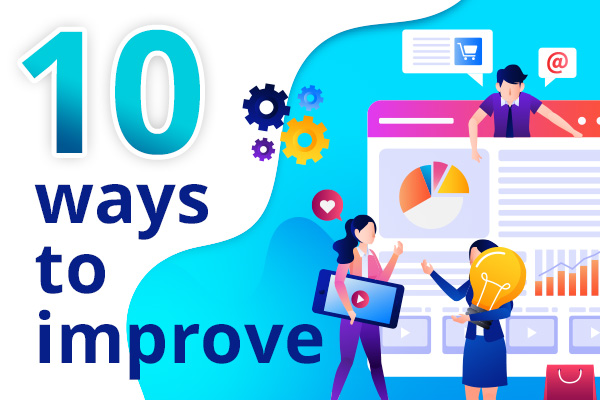
10 reasons why online training must be part of your L&D strategy
Online learning and e-learning have never been more important. The pandemic is forcing new ways of working and reducing our ability to train face-to-face.

Online learning and e-learning have never been more important. The pandemic is forcing new ways of working and reducing our ability to train face-to-face.

Over the years we have seen many clients successfully adopt strategies that have contributed to good intranet adoption. Here are ten ways to consider boosting intranet adoption.

What is AI and why is it important? What is AIs role in the digital workplace? What can I do about it?

Your choice of communication platform is important in driving the best digital employee experience possible. But it is not always straightforward we hope this article is a useful starting point.
Book in a live demo with us to discuss your project and find out more about our services, solutions and how we can add value to your digital workplace. Simply fill out the form and pick a time and date in our calendar.
Alternatively, if you have a question and would like more information about Content Formula, please visit our contact us page.
We look forward to meeting you.
We use cookies to give you the best experience on our site. By continuing to use our website, you are agreeing to our use of cookies. To find more about the cookies, please see our cookie notice.
You can also read our privacy policy.